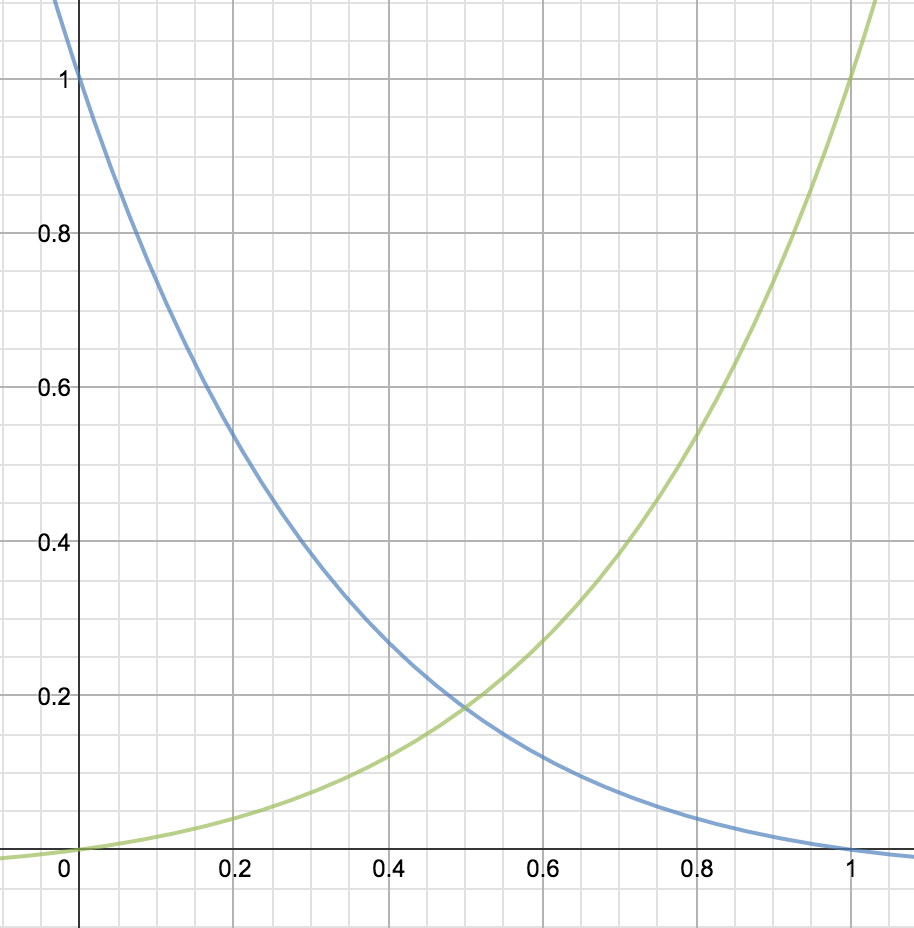This library can help fading sounds in and out with AvAudioPlayer. One can set duration, velocity of the fade and a completion function. Velocity can vary from linear to exponential.
cephalopod = Cephalopod(player: player)
cephalopod?.fadeIn()Juvenile cuttlefish camouflaged against the seafloor. Photo taken by Raul654. Source: Wikimedia Commons.
There are three ways you can add Cephalopod to your Xcode project.
Simply add the CephalopodDistrib.swift file to your project.
Alternatively, add github "evgenyneu/Cephalopod" ~> 3.0 to your Cartfile and run carthage update.
If you are using CocoaPods add this text to your Podfile and run pod install.
use_frameworks!
target 'Your target name'
pod 'Cephalopod', '~> 3.0'
Setup a previous version of the library if you use an older version of Swift.
The following example shows how to play an mp3 file with a fade in effect.
import AVFoundation
import Cephalopod // For CocoaPods and Carthage
// ---
var playerInstance: AVAudioPlayer?
var cephalopod: Cephalopod?
override func viewDidLoad() {
super.viewDidLoad()
// Create a player instance
guard let path = Bundle.main.path(forResource: "squid", ofType: "mp3") else { return }
guard let player = try? AVAudioPlayer(contentsOf: URL(fileURLWithPath: path)) else { return }
playerInstance = player
// Start audio playback
player.play()
player.volume = 0
// Fade in the sound
cephalopod = Cephalopod(player: player)
cephalopod?.fadeIn()
}cephalopod?.fadeIn()
cephalopod?.fadeOut()
// Supply fade duration and velocity, in seconds
cephalopod?.fadeIn(duration: 3, velocity: 2)
cephalopod?.fadeOut(duration: 3, velocity: 2)
// Supply finish closure
cephalopod?.fadeIn(duration: 3, velocity: 2) { finished in }
cephalopod?.fadeOut(duration: 3, velocity: 2) { finished in }cephalopod?.fade(fromVolume: 0.3, toVolume: 0.7, duration: 3, velocity: 2) { finished in
print("Finished fading")
}Arguments:
fromVolume - the start volume, a number between 0 and 1.
toVolume - the end volume, a number between 0 and 1.
duration - duration of the fade, in seconds. Default duration: 3 seconds.
velocity - a number specifying how fast the sound volume is changing. Velocity of 0 creates a linear fade. Values greater than zero produce more exponential fade affect. Exponential fade sounds more gradual to a human ear. The fade sounds most natural with velocity parameter from 2 to 5. Default value: 2.
onFinished - an optional closure that will be called after the fade has ended. The closure will be passed a boolean parameter finished indicating whether the fading has reached its end value (true) or if the fading has been cancelled (false).
cephalopod?.volumeAlterationsPerSecond = 20Larger numbers will produce finer fade effect at expense of CPU juice. Default value: 30.
One can cancel the ongoing volume change by calling the stop() method. Note that it stops changing the volume but does not stop the playback.
cephalopod?.stop()The following graph shows how sound volume changes during the fade.
Where x is time and v is velocity.
Velocity of 0 creates a linear fade. Values greater than zero produce more exponential fade affect. Exponential fade sounds more gradual to a human ear. I personally use velocity values from 2 to 5.
Live graph demo: https://www.desmos.com/calculator/wnstesdf0h
Here is a list of other sound libraries for iOS.
- nschucky for updating to Swift 2.2 selector syntax.
-
The lovely music was recorded by Carlos Vallejo.
-
"Juvenile cuttlefish camouflaged against the seafloor" photo was taken by Raul654. Source: Wikimedia Commons.
Cephalopod is released under the MIT License.
If you notice any issue, got stuck or just want to chat feel free to create an issue. I will be happy to help you.








